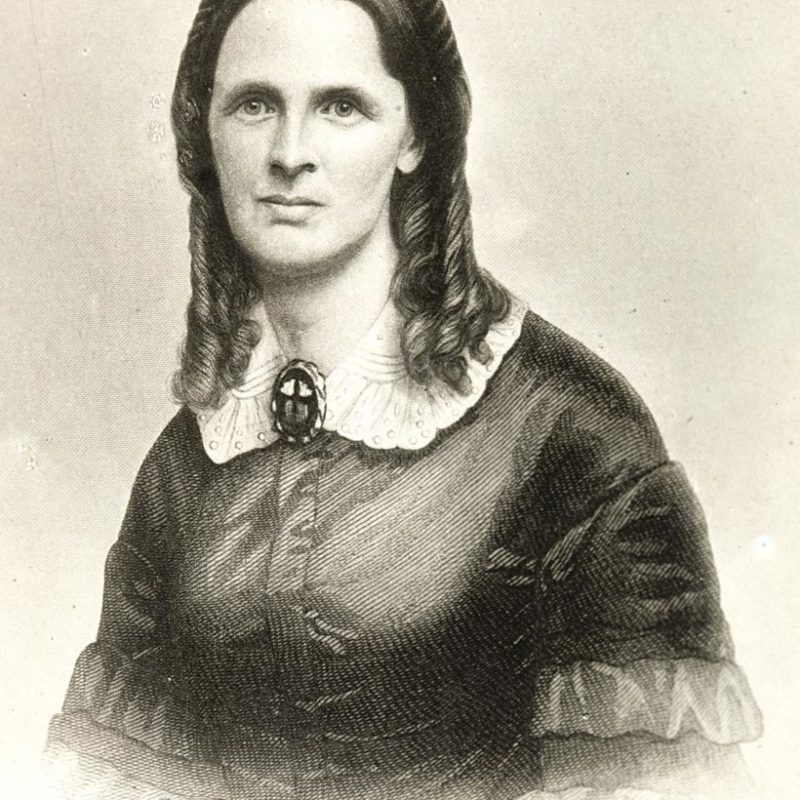
A Stranger’s Opinion of St. Paul
2014
Harriet E. Bishop is a name familiar to anyone interested in the history of Saint Paul. Born in Vermont, Bishop came to Minnesota in 1847 and here achieved many firsts—Saint Paul’s first teacher, founder of the first Sunday school in Minnesota, first leader of the women’s suffrage movement, and a driving force behind several social movements. She was well known in the city’s literary circles and wrote about Minnesota and Saint Paul, though her writings often include language that today would be considered racist, revealing attitudes toward Native Americans common to the era but whose effects are still felt to this day.
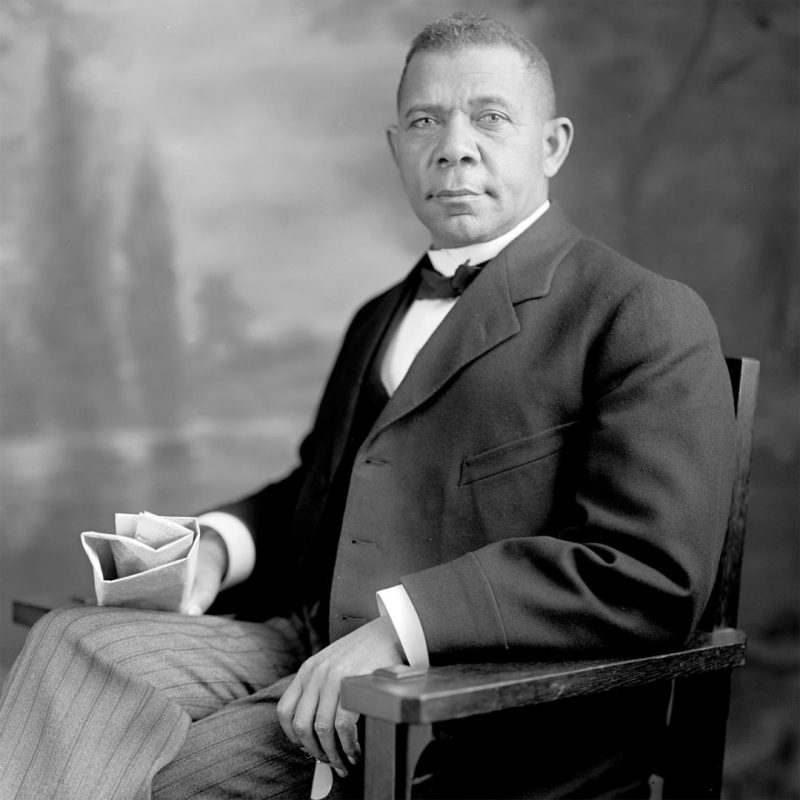
Booker Taliaferro Washington and Me
2014
Booker Taliaferro Washington, born in approximately 1856, was enslaved in Virginia on a plantation. The young Booker yearned to learn to read and to serve. After slavery was abolished, Washington went to school and became an educator. In 1881, as the principal of Tuskegee Normal and Industrial Institute in Alabama, he transformed the campus from a rundown building to an educational institution offering thirty-eight trades. His first book, Up From Slavery, tells his story and is highly acknowledged today. Washington also authored thirteen other books.
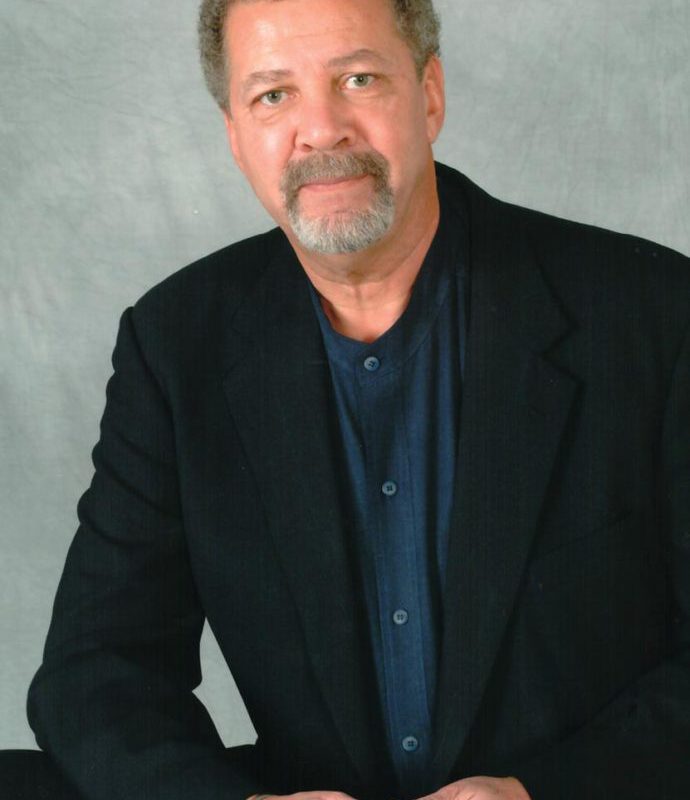
What’s in a Name?
2014
Growing up as young Black men in Saint Paul’s Rondo neighborhood, we learned a lot from the generation of Black men who preceded us. We, like they before us, were simply known as “the Rondo boys.” Rondo was where we learned to survive, to grow and develop—it was where we learned the value of our extended family membership, where we fell in love and got our hearts broken. It was also where we learned what’s in a name.
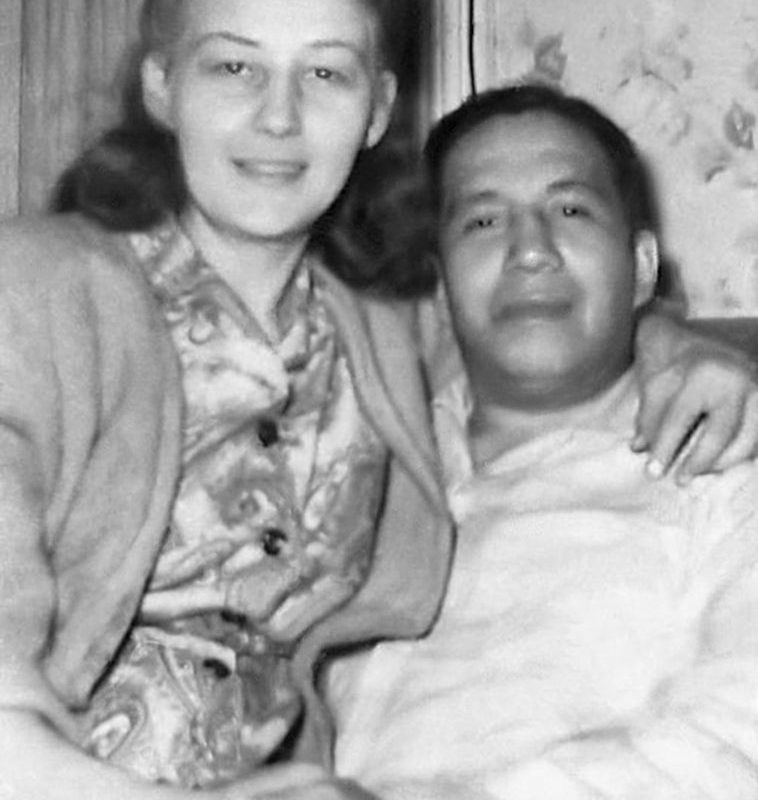
Photograph of My Grandparents
By Korissa Howes ● 2014
Made in black and white Frayed upon the edges Free of wrinkles despite That they were not then My father’s parents Looked so in love...
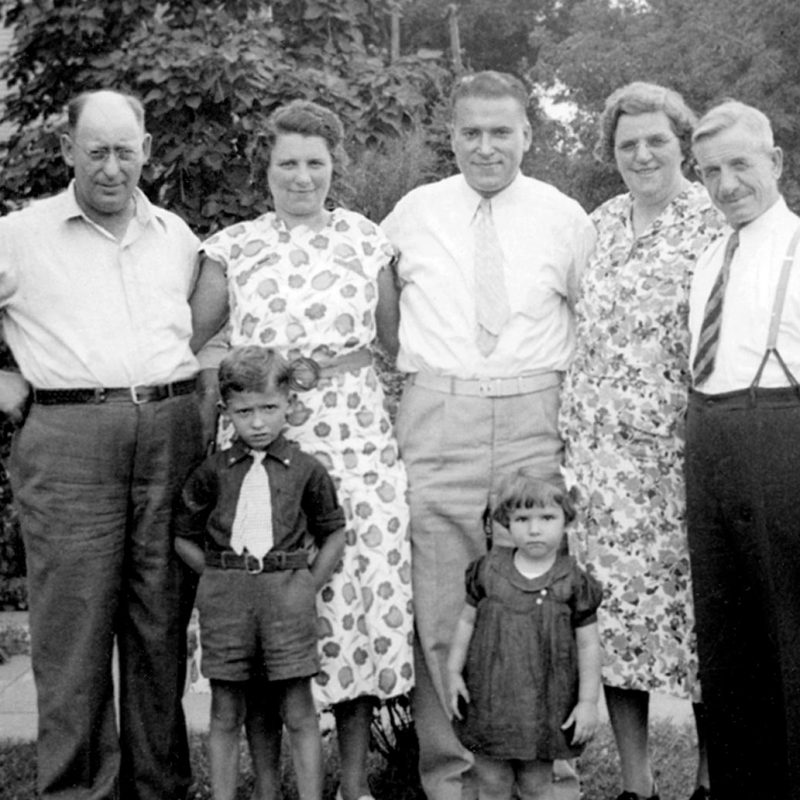
Fred H. Bigler Potato Chip Company
2013
Did you know that in early 1934 there was a small potato chip manufacturing plant in Saint Paul? My family owned and ran it. I was about four or five years old at the time. We lived at 1276 North Snelling Avenue, across from the main gate of the fairgrounds.
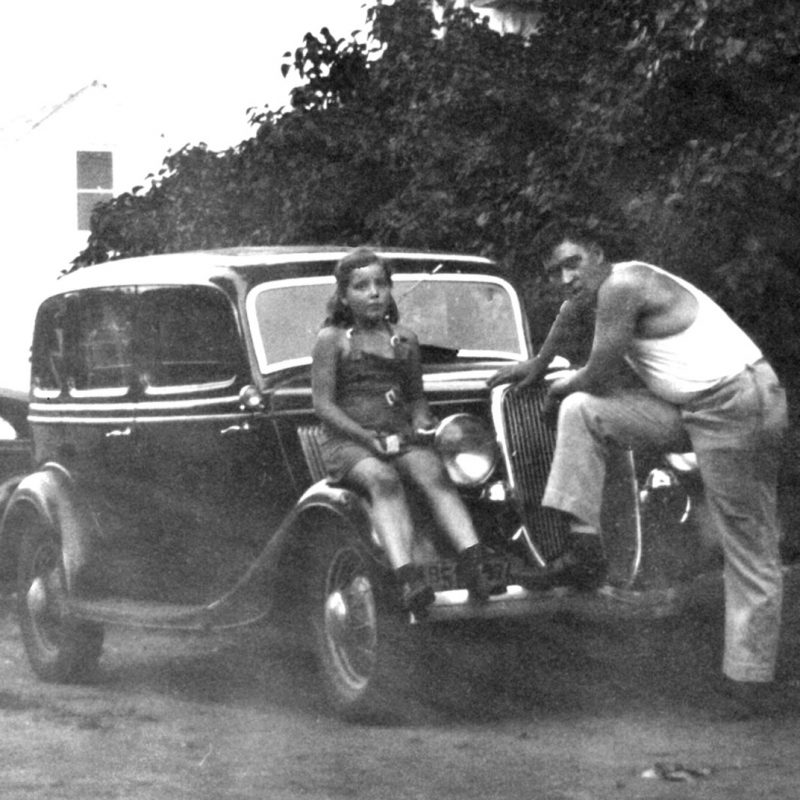
City Dumps: When “Away” Was Near
2013
To me, the rusty fifty-gallon steel barrel near the alley in the northeastern corner of our back yard had been there forever. It was where the wrapped-in-newspaper food scraps and other assorted discards were deposited. When I got tall enough to reach over the top, I was allowed to carry the matches and light the scary fire that daily burned the ragtag contents. Once the barrel got about half-full of ashes, Dad took it to the dump to empty it, and I got to go with him...
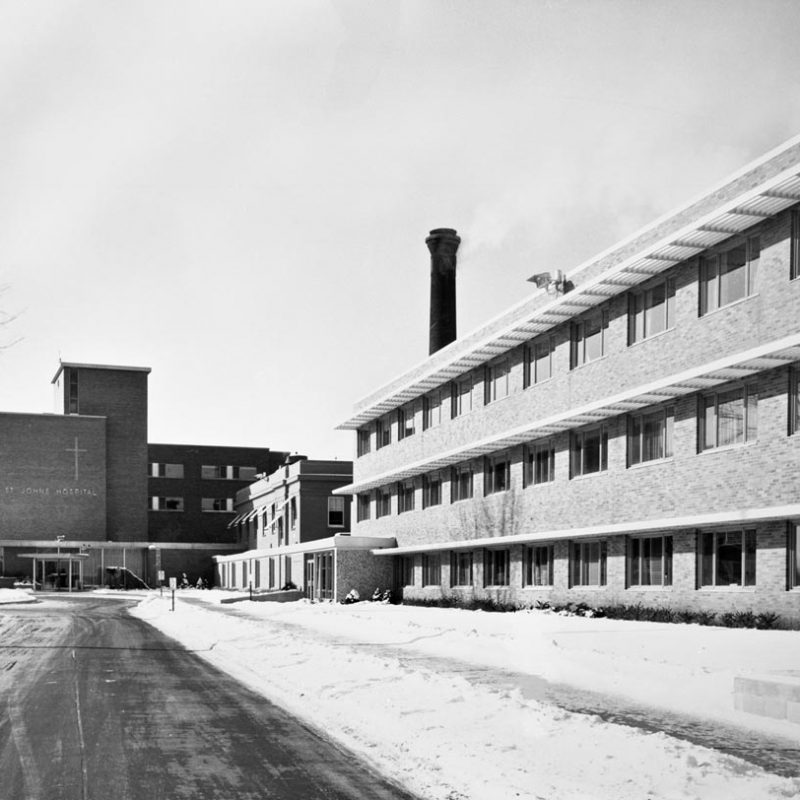
Back Again
2013
I took my first breath in St. John’s Hospital at Seventh and Maria. That makes me a native Saint Paulite, even though I grew up in the suburbs. In the late 1950s and early ’60s, many suburban parents-to-be chose Saint Paul hospitals to welcome their babies into the world. As a suburban child, it was a big deal to go shopping at the downtown department stores, and each trip we took, my mom never failed to point out St. John’s at the top of the bluff. “That’s where you two were born,” Mom would remind my brother and me. Anytime my brother and I were fighting in the backseat, Mom would remind us that we’d all wind up back at St. John’s if she crashed the car because we had distracted her.
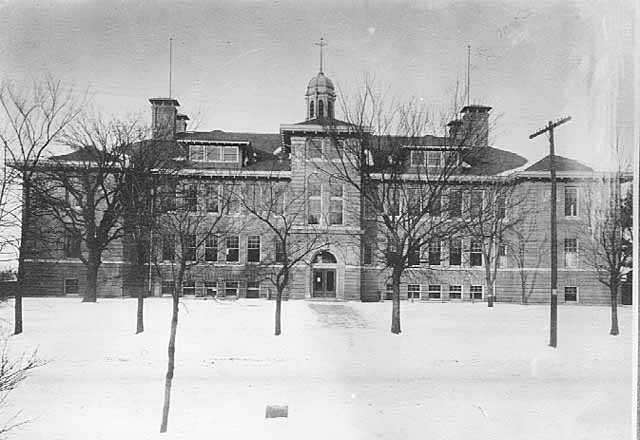
I Remember RONDO
By Moleen (Harris-Davis) Lowe ● 2013
I remember Rondo . . . the streets were cobbled stone. I remember Rondo . . . 450 was our home. I remember Rondo—the intersection Arundel Hill, On one corner the cab station; across the street, Joe’s Grocery Store . . . I remember Rondo, and we never locked our door. I remember Rondo—smiling faces still in my mind
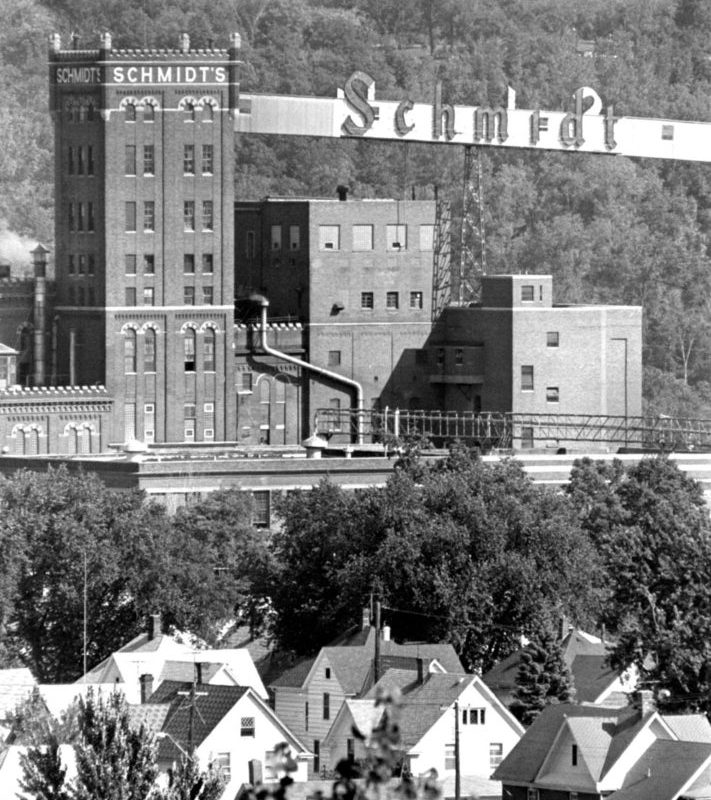
Reflections on Patricia Hampl’s “A Romantic Education”
2013
I never saw the Schmidt Brewery that Patricia Hampl presents here, alive with its reverie-enhancing, rhythmic, red neon sign. But the first time I discovered the hulk of the brewery’s abandoned buildings sprawled out along West Seventh Street in the fall of 2004, I recognized immediately what I was looking at; its vacant structures flooded me with the memory of reading about that flashing sign in Hampl’s acclaimed 1981 memoir, A Romantic Education. Soon the Schmidt site will take on a different look as “developers” trick it out to new purposes—a welcome change.
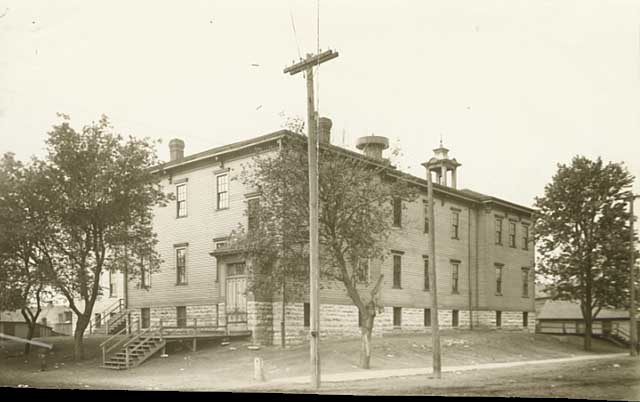
Looking for Daisy in the Archives of the Saint Paul Public Schools
2013
I wanted a class photo, your name on a staff list. From old city directories I have pieced together a list of the schools where you taught— Cleveland, Lafayette, Edison, Ericsson, Drew— not a one of them standing in the next century. Old photos at the History Center show their stern facades. And what of the faces looking at you every morning?
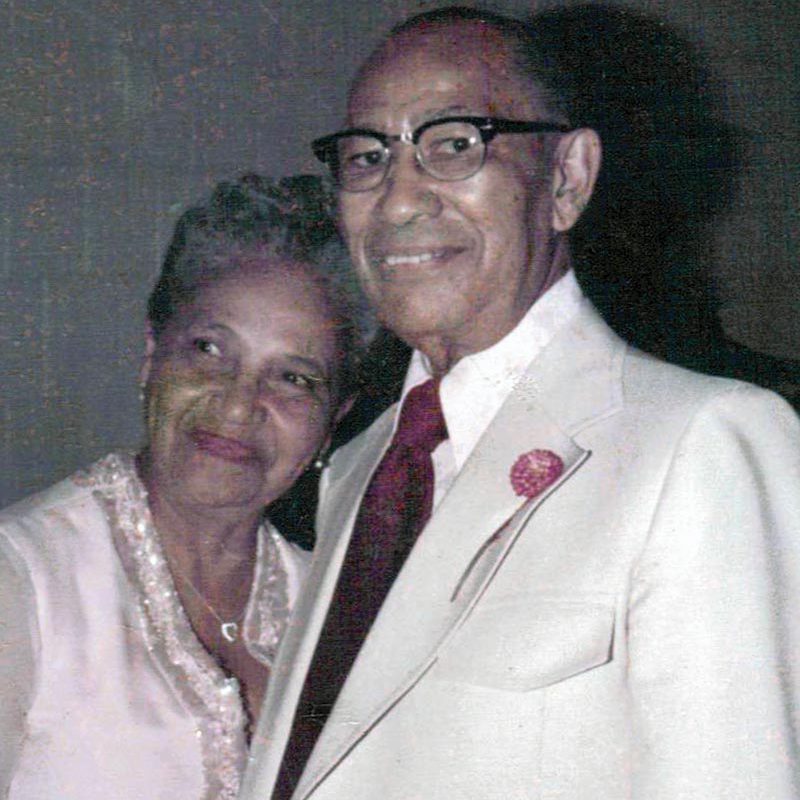
When Our Elders Perish, an Entire Library Burns to the Ground (African Proverb)
2013
Private Ivy Hagan and Josephine Hicks Hagan became the twenty-something ensemble known as “Aunt Jo and Uncle Ivy.” They mentored children of all ages and needs throughout Saint Paul between 1933 and 1994. They were gifted storytellers, speaking in parables of their African American memories between Lake Charles, Louisiana, and Saint Paul, Minnesota. I listened, observed, and learned.

Open House at the Minnesota History Center
2013
I have been a public employee for nearly a quarter century, in several local and state agencies, doing important yet mundane work that the public never sees. In cynical moments, I have often wondered if anything I do has enduring significance. Then in the autumn of 2009 my wife and I attended a special “open house” at the Minnesota History Center.